Editors’ Picks




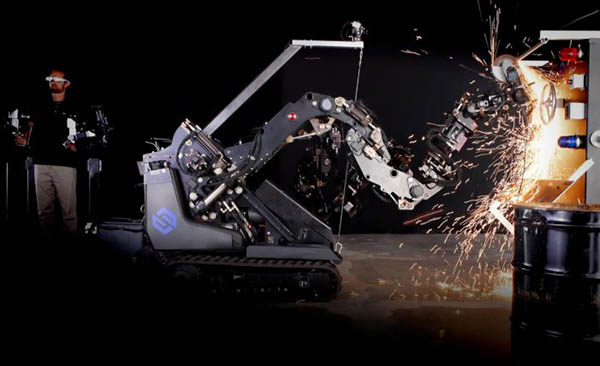
Found in Robotics News & Content, with a score of 7.45
…seven degree-of-freedom robot arms intuitively. Sarcos is working on haptic actuators, sensing and data capabilities, and its own motion-capture suit. “Operators can become familiar with the XT in minutes,” said Jim Cory, principal product engineer at Sarcos. “Learning to use it is orders of magnitude less difficult than learning the task itself. We're not training roboticists; it's just a tool.” RE2 Robotics gives Sarcos a Pittsburgh foothold In April, Sarcos Robotics acquired RE2 Robotics Inc. for $100 million. The Pittsburgh-based company has developed autonomous and teleoperated mobile robots for use in the aviation, construction, defense, energy, and medical industries. RE2's…

Found in Robotics News & Content, with a score of 10.90
…customers’ business. About the author Kelly Kamlager is senior director of marketing at RIOS Corp., which has developed a haptic intelligence platform enabling its robots to perform tasks requiring human-level dexterity and to operate in unstructured environments. This column is reposted with permission.
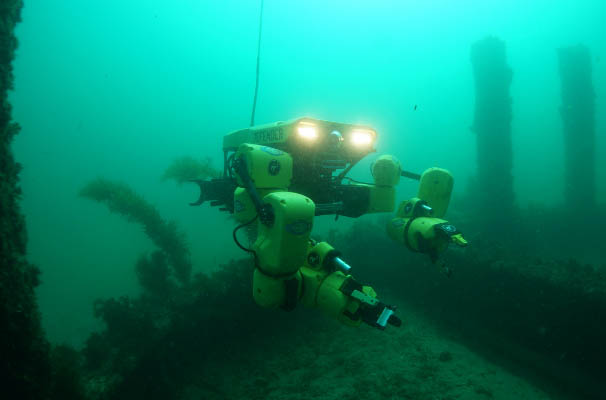
Found in Robotics News & Content, with a score of 11.46
…Research (ONR). “STARFISH uses advanced touch sensors and next-generation haptic feedback to provide robot operators with the last link in terms of robotic perception capabilities—the ability to ‘feel’ objects in the environment,” said Dr. Adam Brant, project manager at Sarcos. “This will enable EOD personnel to locate, sense, and interact with objects they both can and cannot visualize from a remote, safe distance.” STARFISH demonstrates a deft touch During lab testing, the STARFISH prototype used three tactile-sensing fingers to successfully achieve a variety of fine and large manipulation skills, including squeezing a pair of tweezers and grasping larger objects. Each…
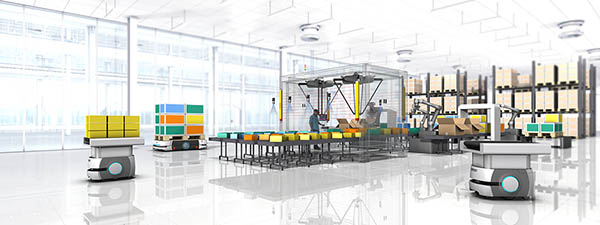
Found in Robotics News & Content, with a score of 8.11
…robot’s movements must be slow, yet deliberate, requiring critical haptic feedback and torque-dense motors for precise control. “New torque-dense frameless motors enable smaller, lighter arms and the highest definition control, Umeno added. “These servo motors are ideal for the gantry and columns, which position robotic arms over the patient.” When robots go mobile Autonomous mobile robots (AMRs) have also begun to take on more demanding tasks, ranging from warehousing to a growing number of hospital applications. These include infection control, biochemical specimen delivery, and general medical tasks. AMRs are also playing roles in the fight against the COVID-19 pandemic. Part…

Found in Robotics News & Content, with a score of 9.08
…including robot motion planning and control, human-friendly robot design, haptic interaction, and human motion synthesis. “Joe Engelberger's farsighted vision of people and robots working together over the simplest or most complex of tasks is now within reach, and the potential of these emerging robots is being anticipated throughout the world's societies,” he said. “Receipt of this award for my robotics work toward his vision—an award bearing his name—is a profound honor. Marc Raibert, Boston Dynamics Marc Raibert, founder, former CEO, and now chairman of Boston Dynamics, will be recognized for technology. His company is known for the BigDog, Atlas, and…
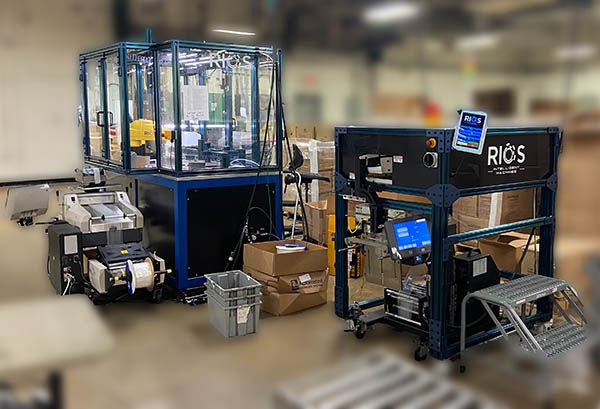
Found in Robotics News & Content, with a score of 9.88
…Park, Calif.-based company claimed that its software, tactile sensors, haptic intelligence platform, and end-of-arm tooling and food-grade grippers can help transform labor-intensive facilities into “lights-out factories of the future.” RIOS workcells pioneer RaaS RIOS said that it “focuses on the last frontier of automation in factories, in which traditional automation breaks down.” It said its systems are designed to have the dexterity, cognitive skills, and autonomy to tackle hard-to-automate picking and sorting tasks in unstructured environments. The company added that it pioneered the robotics-as-a-service (RaaS) business model, which enables customers to avoid upfront capital commitments in favor of operational expenditures.…
Found in Robotics News & Content, with a score of 24.43
…interested in true tactile sensation, which is quite difficult.” Haptics for teleoperation Improving robots' sense of touch could also improve teleoperation, noted Touchlab's team. “At the moment, the robot is sensing more than the human,” said Hussein. “We're in talks with HaptX.” “We're closer to providing robot sensing than being able to convey it to someone else. There's a bottleneck in how to feed the data, especially using third-party software,” said Shayne Shaw, a robotics engineer at Touchlab. “We've tried a number of haptic gloves, but their ability is significantly smaller than what our sensors are able to perceive. We…
Found in Robotics News & Content, with a score of 12.56
…lead. “We've brought together experts in robotic dexterity and haptics with the amazing technology of our partners and collaborators to do amazing things.” Converge Robotics Group is an international collaboration between Shadow Robot Co., HaptX, and Tangible Research responsible for developing the Tactile Telerobot, a high-fidelity dexterous telerobot in use in the U.S., the U.K., and Asia. Competition moves forward “We are very excited to have 15 teams safely moving forward to the ANA Avatar XPRIZE Finals, despite current COVID-19 restrictions,” said Junko Yazawa, senior vice president of All Nippon Airways. “We are really proud of their achievements so far…
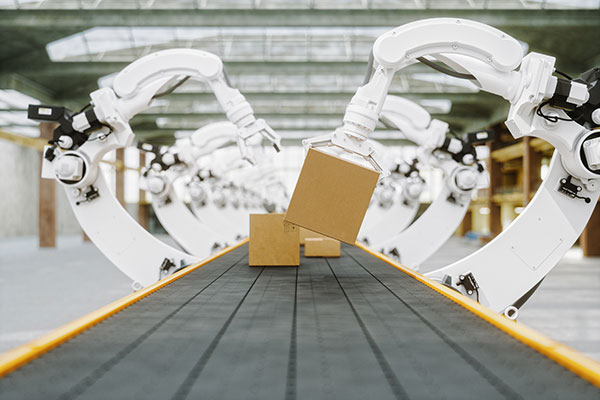
Found in Robotics News & Content, with a score of 7.33
…different environments. RIOS’ DX-1 robots additionally possess a first-of-its-kind haptic intelligence platform (touch) that enable them to have a human-level sense of touch and possess practically all the capabilities of a human hand (e.g., optimal grasp, surface topography mapping, slip detection, texture discrimination, etc.). This human-like brain-eye-hand coordination enables RIOS robots to carry out hard-to-automate tasks in dynamic environments — from pick and place of arbitrary objects to multi-step, precision assembly of components on a moving platform. RIOS has built unique multi-purpose robots, which possess an unprecedented ability to rapidly adapt to new scenarios. The Robots-as-a-Service (RaaS) business model for…

Found in Robotics News & Content, with a score of 57.26
Thanks to advances in kinesthetic haptic technology, cadavers in surgical training could be replaced by robotics, augmented reality, and virtual reality. FundamentalVR last week announced additions in its Fundamendal Surgery platform that it said provide “a credible complement and alternative to traditional medical education methods.” “We are proud to offer industry-leading technology proven to accelerate learning and transform traditional teaching practices into cost-effective, safe methodologies,” stated Richard Vincent, co-founder and CEO of FundamentalVR. “With the addition of advanced soft-tissue sensation capabilities, users are able to make independent decisions about approach and patient interaction and have full high-fidelity control, feeling, and…
Found in Robotics News & Content, with a score of 7.07
…groundbreaking advancements in the last year, but areas like haptic touch, 3D printing, and better VR [virtual reality] gear that can be used to control the avatar remotely will all be integrated into avatars of the future, as they are needed. Research studies continue to better inform us of how presence works, and in the future, these studies will be able to involve the types of avatars being created for this competition. The pandemic and beyond The COVID-19 pandemic increased interest in robotic avatars, but when it eases, do you expect that interest to continue? Morie: Avatar technologies can also…
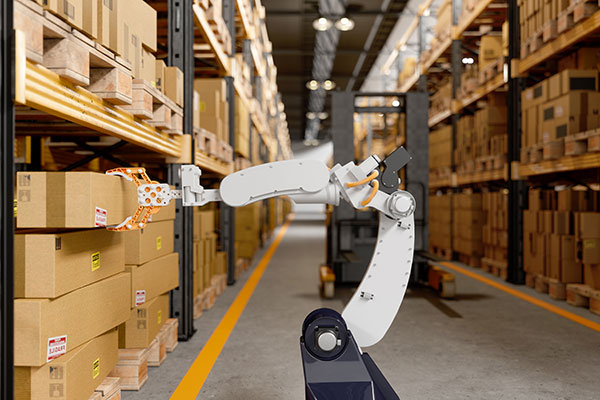
Found in Robotics News & Content, with a score of 13.16
…powered by machine learning, AI-powered brains, and dexterous, smart haptic grippers or “hands”. The robot uses these new enhanced capabilities to do tasks as humans do them. These intelligent machines can compute what items to pick and how to grab them successfully, using touch to recognize pressure, texture, temperature, and proximity. AI-powered robots are using these smart senses to supplement labor in facilities that cannot be fully staffed, like those belonging to RIOS customers. These smart robots are able to see items and decide how to interact with them to successfully place them in polybags that will later be mailed…



